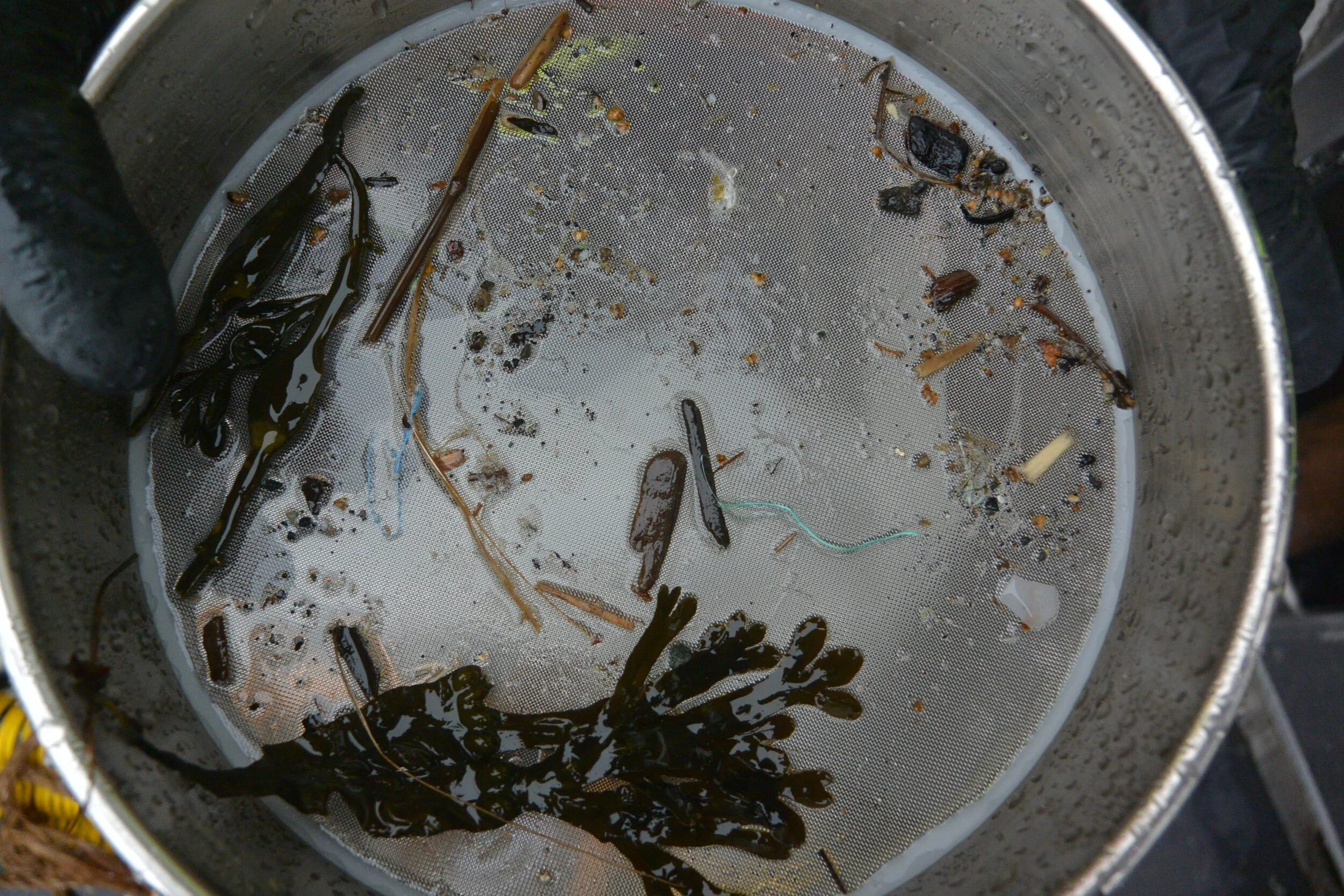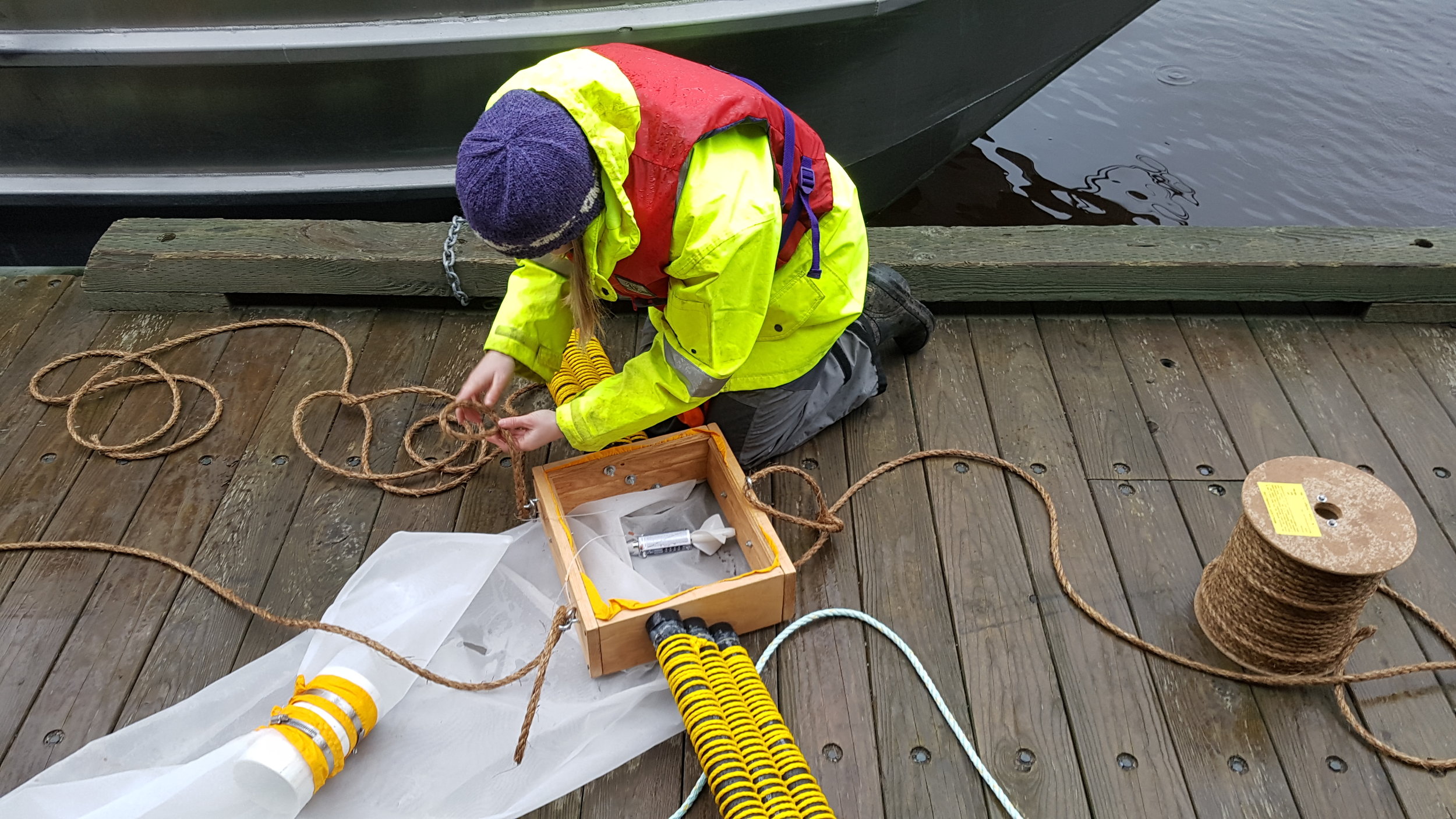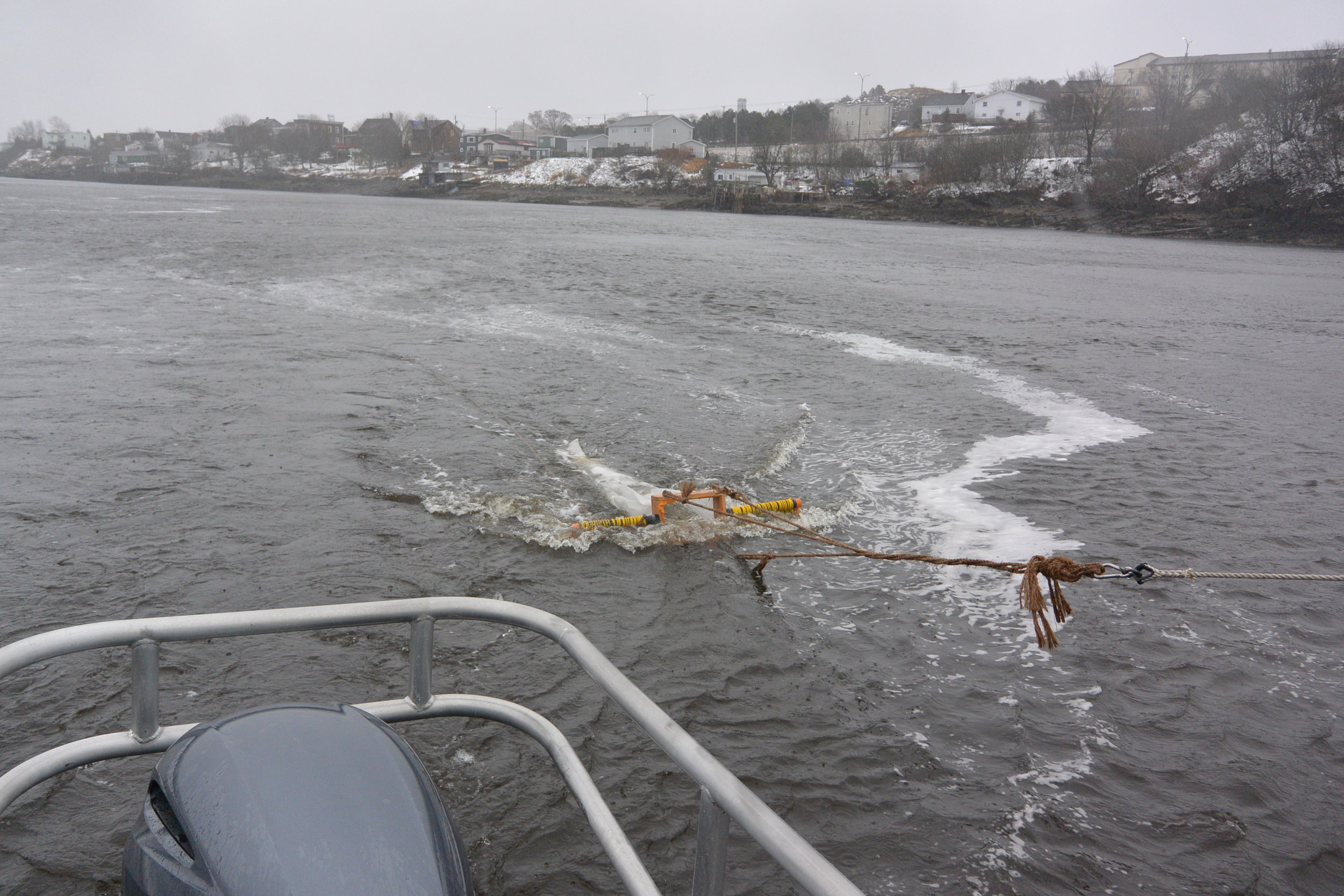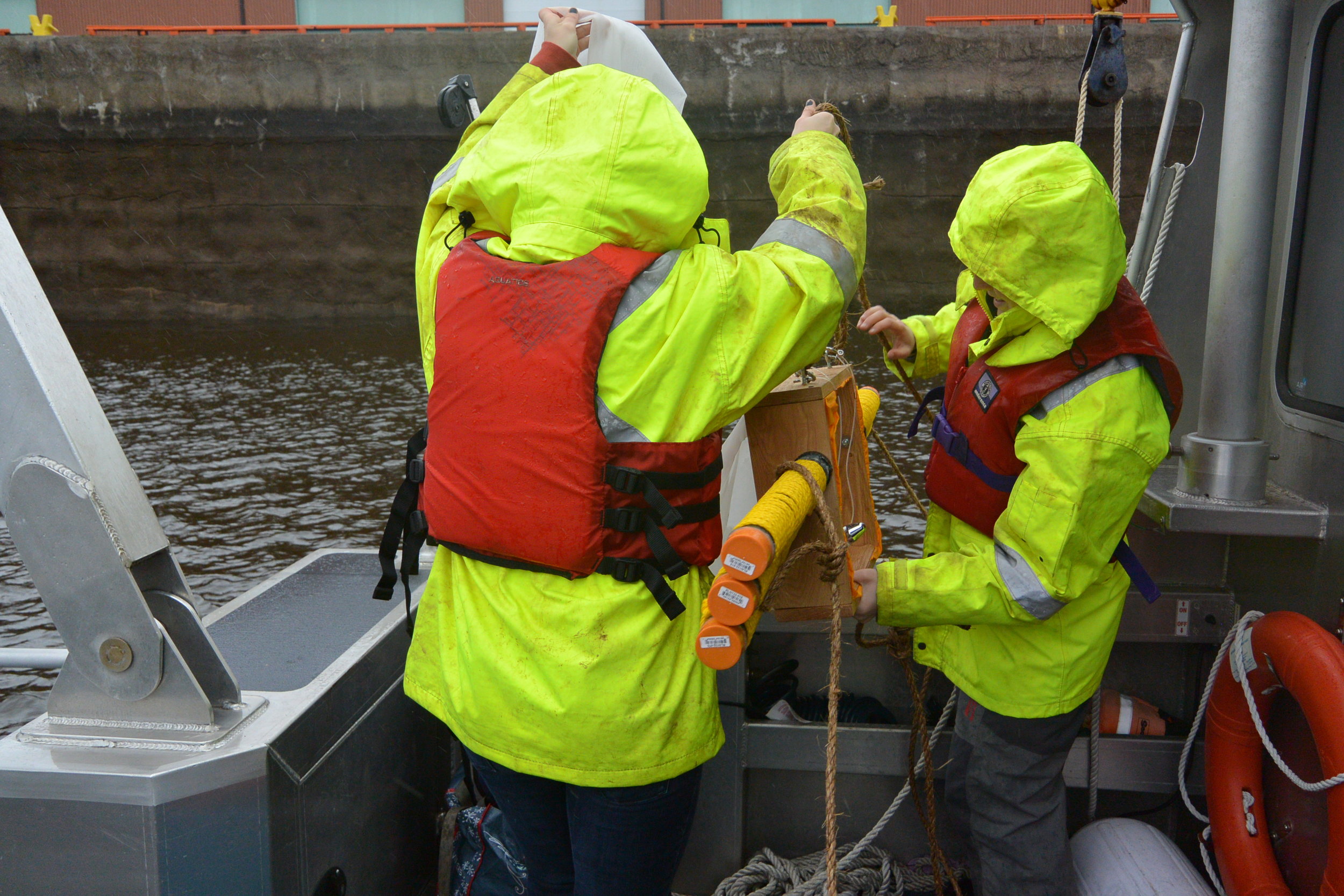MICROPLASTICS
My Role in Reducing Plastics from Wastewater
Capturing and removing microfibers from our laundry using the LINT LUV-R filter.
Did you attend one of our workshops on Identifying Microplastics in the Saint John Harbour? Did you receive a filter for your washing machine that will capture and remove microfibers from your laundry? Do you want to contribute to citizen science?
We want to hear from you! Please fill out our data form every time you clean out your LINT LUV-R. This information will help us quantify the weight of microfibers captured and removed from our waterways.
Lint Luv-R Resources:
Youtube Channel: Environmental Enhancements
*New Project*
Microplastic Quantity & Impact Assessment in the Gulf of Saint Lawrence and Saint John River Watershed (2020-2023)
Led by Coastal Action, this project will assess the quantities, types, and impacts of microplastics in freshwater and near-shore marine environments of the Southern Gulf of St. Lawrence and the Saint John River Watershed. ACAP Saint John’s involvement includes sampling activities in the SJR watershed! The project also includes assessing microplastic impacts on commercially and ecologically important species, by analyzing microplastic quantities ingested by blue mussels (Mytilus edulis).
What are microplastics?
A recently growing global concern for marine wildlife is surrounding small plastics (microplastics, which are less than 5 mm in size) that enter the ocean from human sources. They can come from runoff, our clothing, microbeads in hygiene products, fishing equipment, beach littering, etc. These microplastics are often confused with food and are ingested by animals which can lead to detrimental health issues or death of marine life caused by blockages or toxic contaminants leeching off the plastics.
Common categories of microplastics include:
fragments: bits of hard plastic
film plastic: bags
foam: polystyrene
threads: from fishing gear/rope
industrial pellets: also called nurdles
microbeads: from cosmetics
microfibers: synthetic clothing and textiles such as polyester
Microplastics in the Saint John Harbour
Currently, there is little to no information on microplastics in water coming through the Saint John Harbour. Through funding from Environment and Climate Change Canada - Atlantic Ecosystems Initiative and partnering with COINAtlantic, ACAP Saint John trawled for microplastics in surface water at sites in the inner and outer Saint John Harbour in 2018 (Figure 1).
Figure 1. GPS tracks of the trawl paths for all samples in the outer Saint John Harbour (IH) on November 19, 2018, and inner Harbour (OH) on November 27, 2018.
Results
The most common type of plastic seen at each site was microfiber (Figure 2 & 3). There were no microbeads or industrial pellets counted at either site. It is common to see microfibers as the dominant type of plastic pollution (Taminga, Hengstmann, Fischer, 2018; Gewert et al., 2017).
Inner Harbour
Outer Harbour
This was a preliminary look at the plastic content of the surface water in the Saint John Harbour and, as such, there were only two sites trawled. A more intensive study design could capture a more detailed description of the plastic distribution in the Harbour. Plastic contamination is a newly emerging field of study and while there has been some work in biota and sediments within New Brunswick, very little sampling of this type has been done in water in the region. As commercial and industrial reliance remains strong within our clothing, food packaging, equipment, etc., it is important to continue to identify and monitor plastic in the environment.
References
Gewert B, Ogonowski M, Barth A, MacLeod M. 2017. Abundance and composition of near surface microplastics and plastic debris in the Stockholm Archipelago, Baltic Sea. Marine Pollution Bulletin. 120: 292-302.
Taminga M, Hengstmann E, Fischer EK. 2018. Microplastic analysis in the South Funen Archipelago, Baltic Sea, implementing manta trawling and bulk sampling. Marine Pollution Bulletin. 128: 601-608.
additional Resources for Teachers
What are Microplastics?







